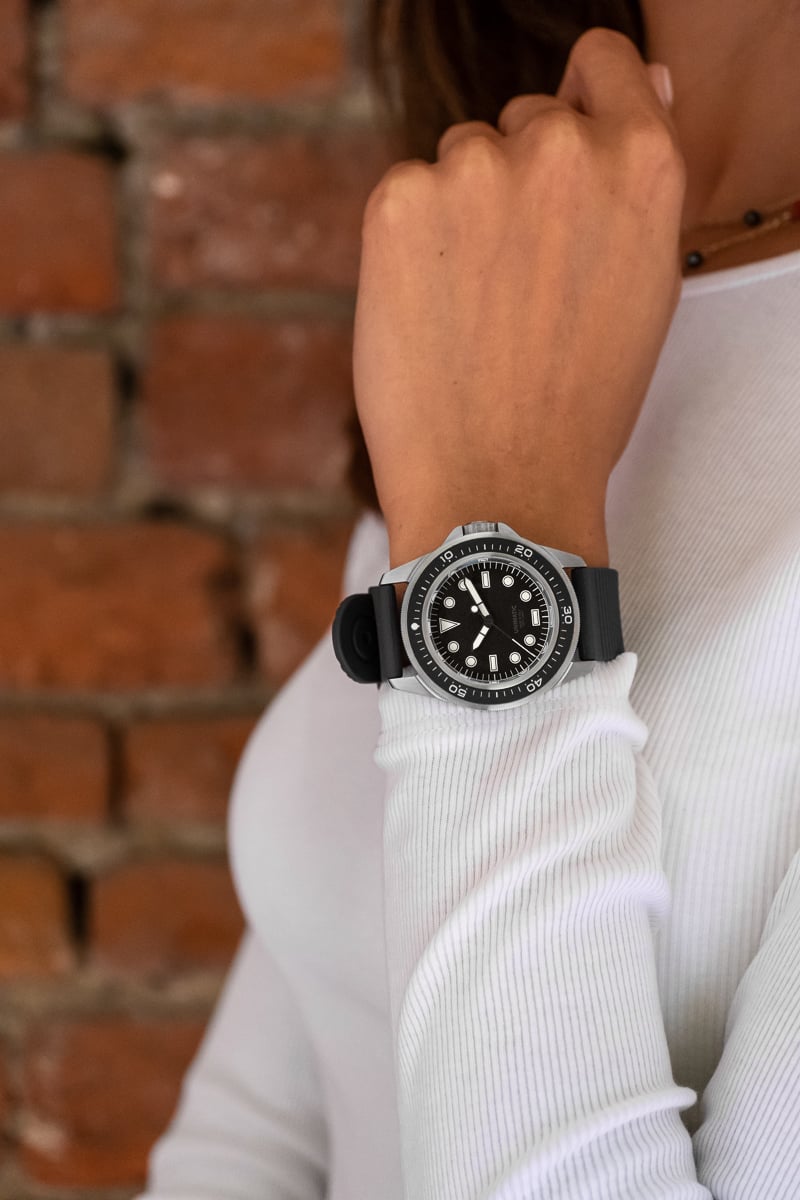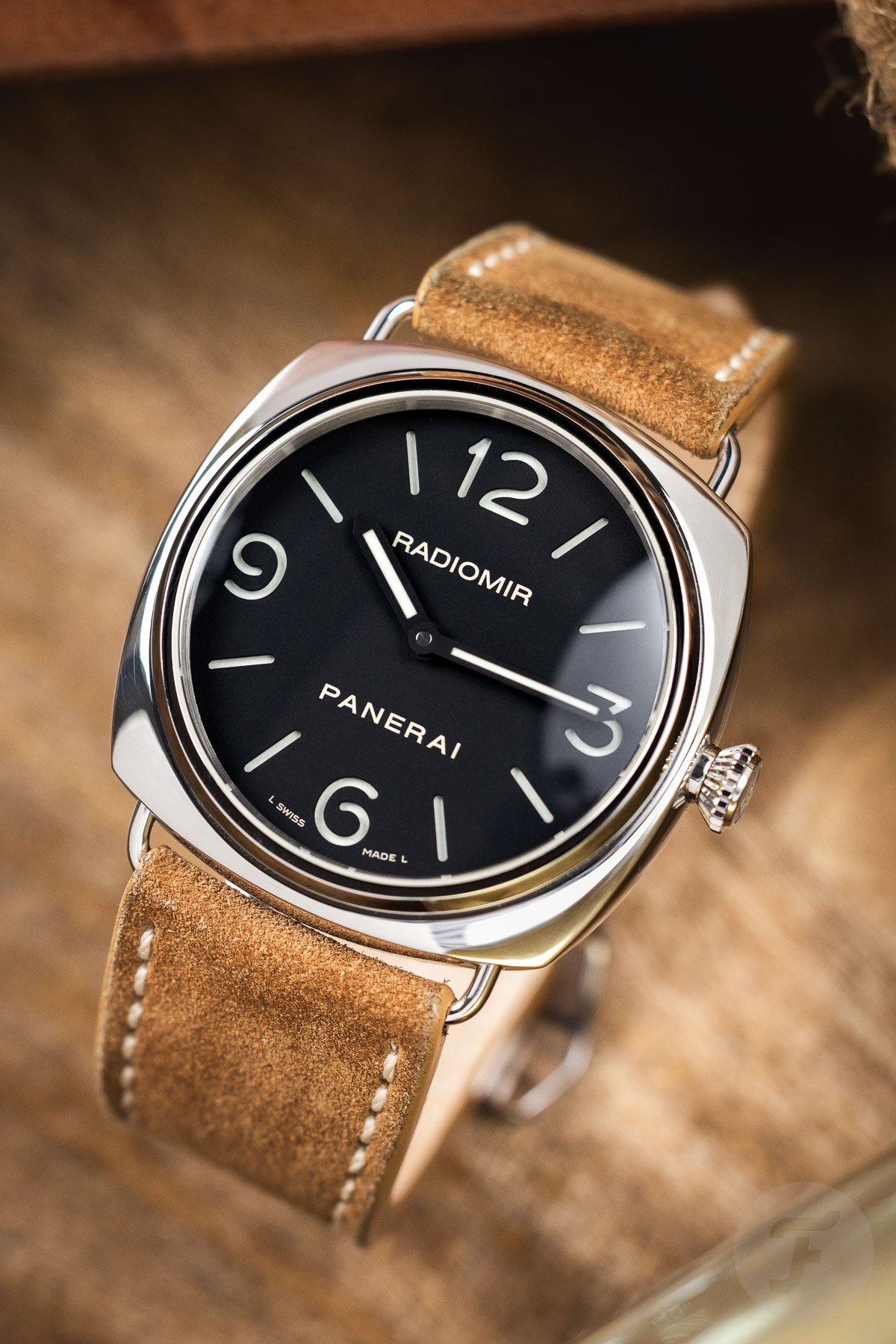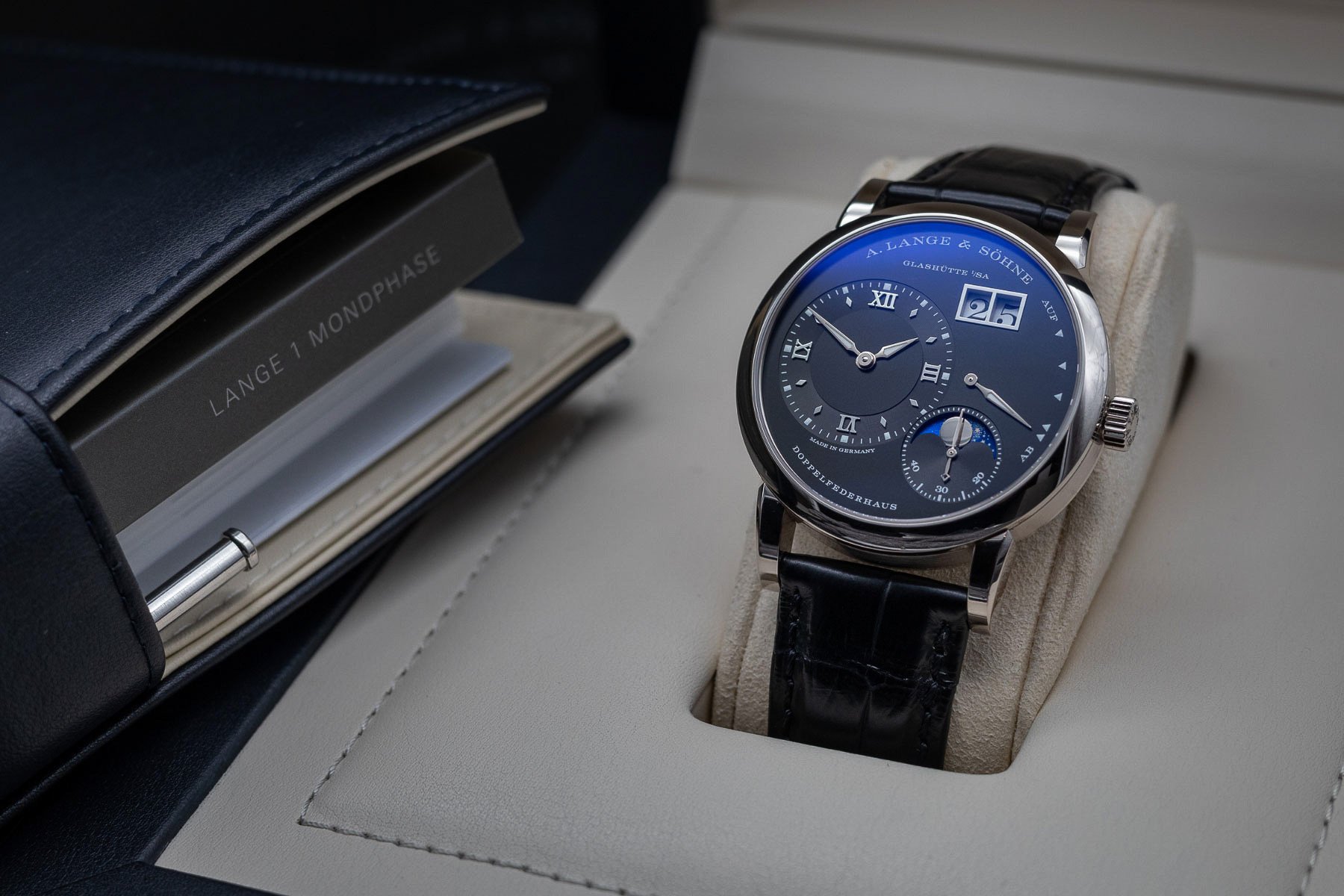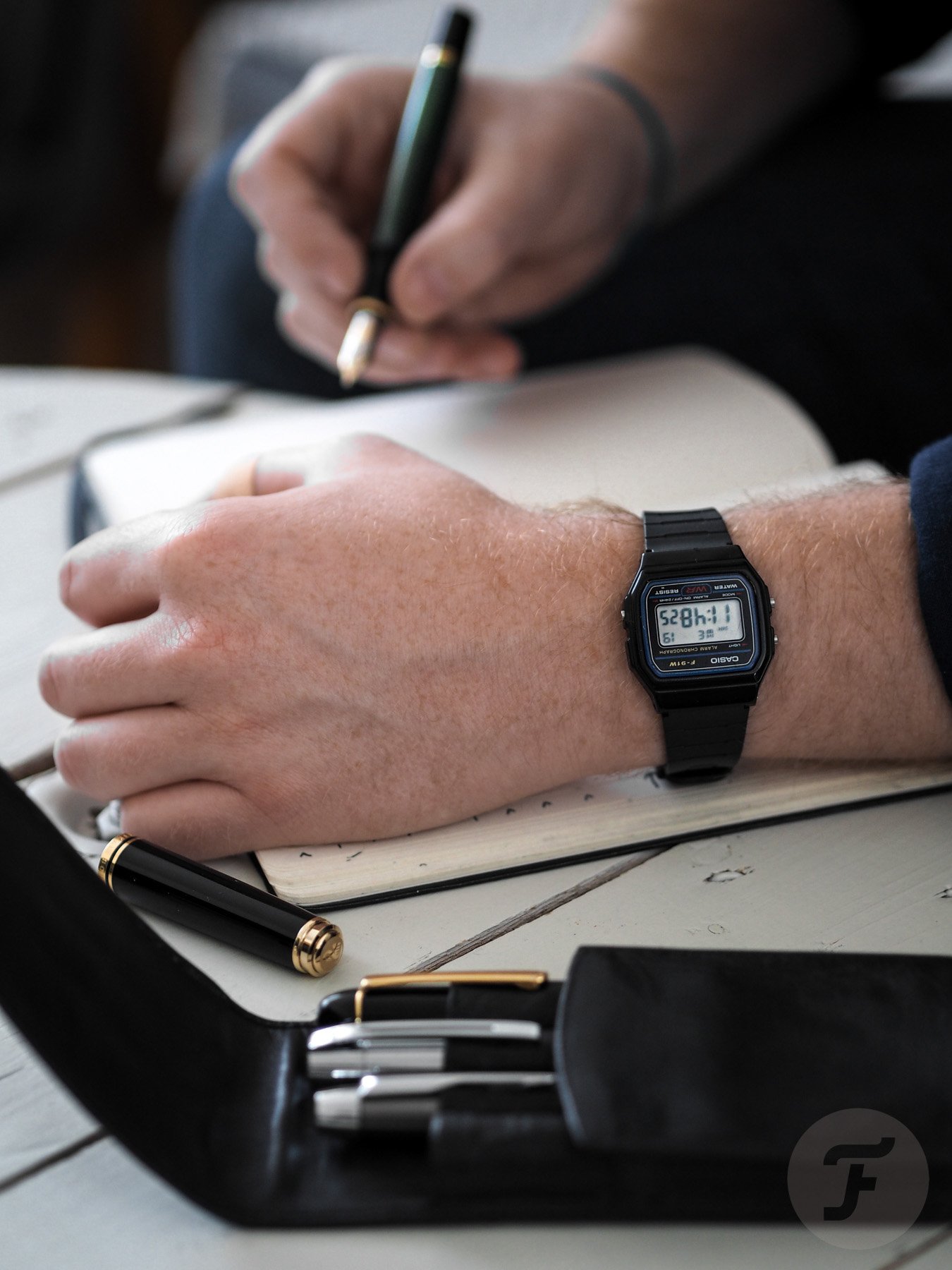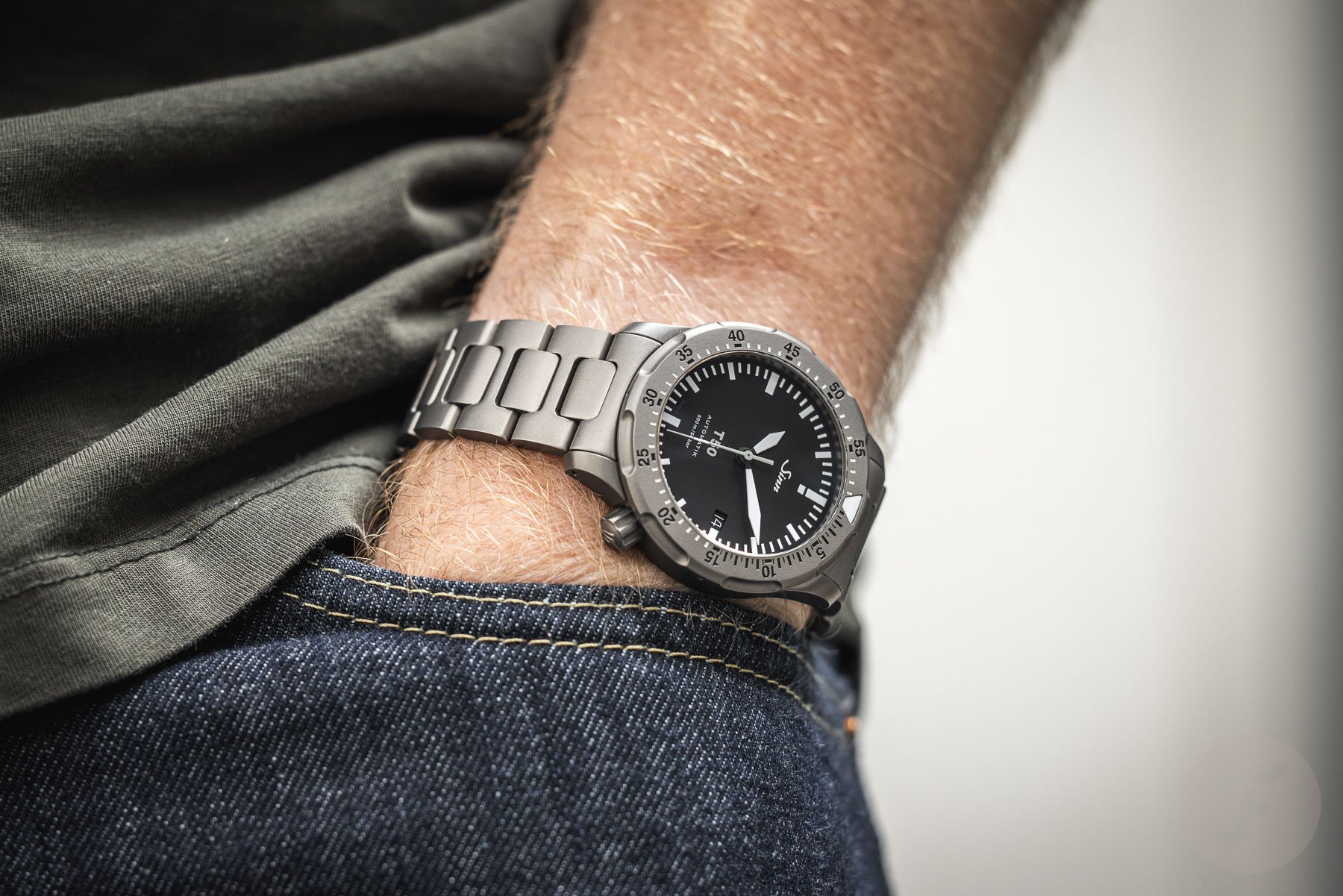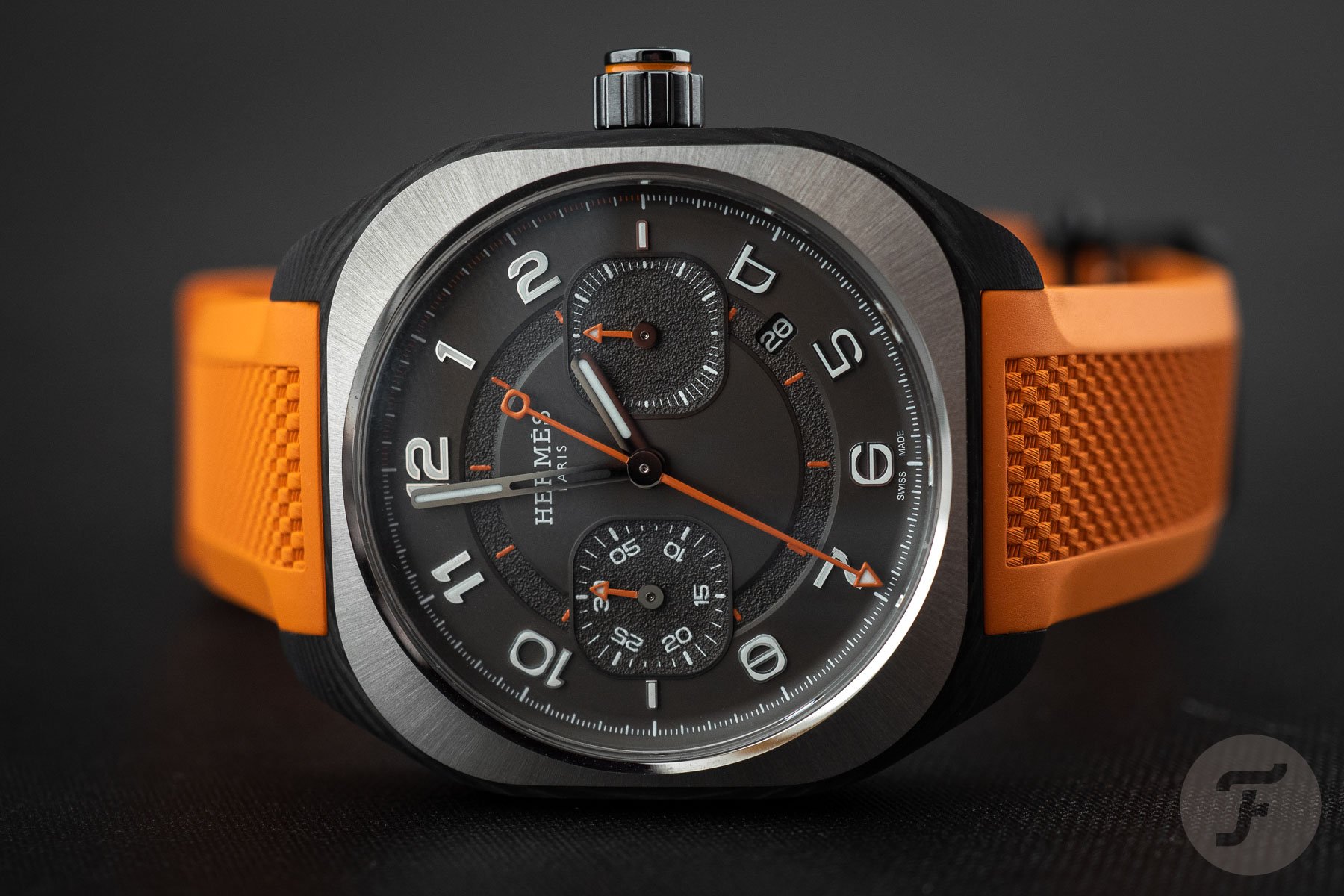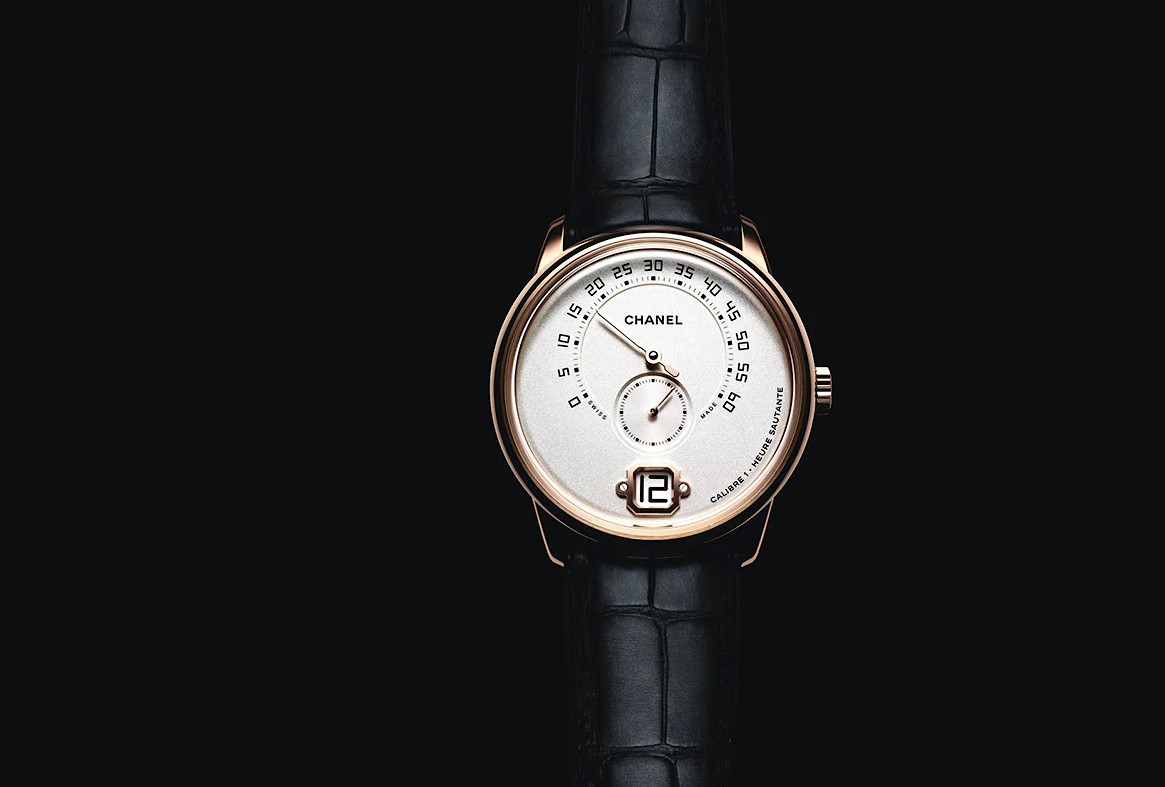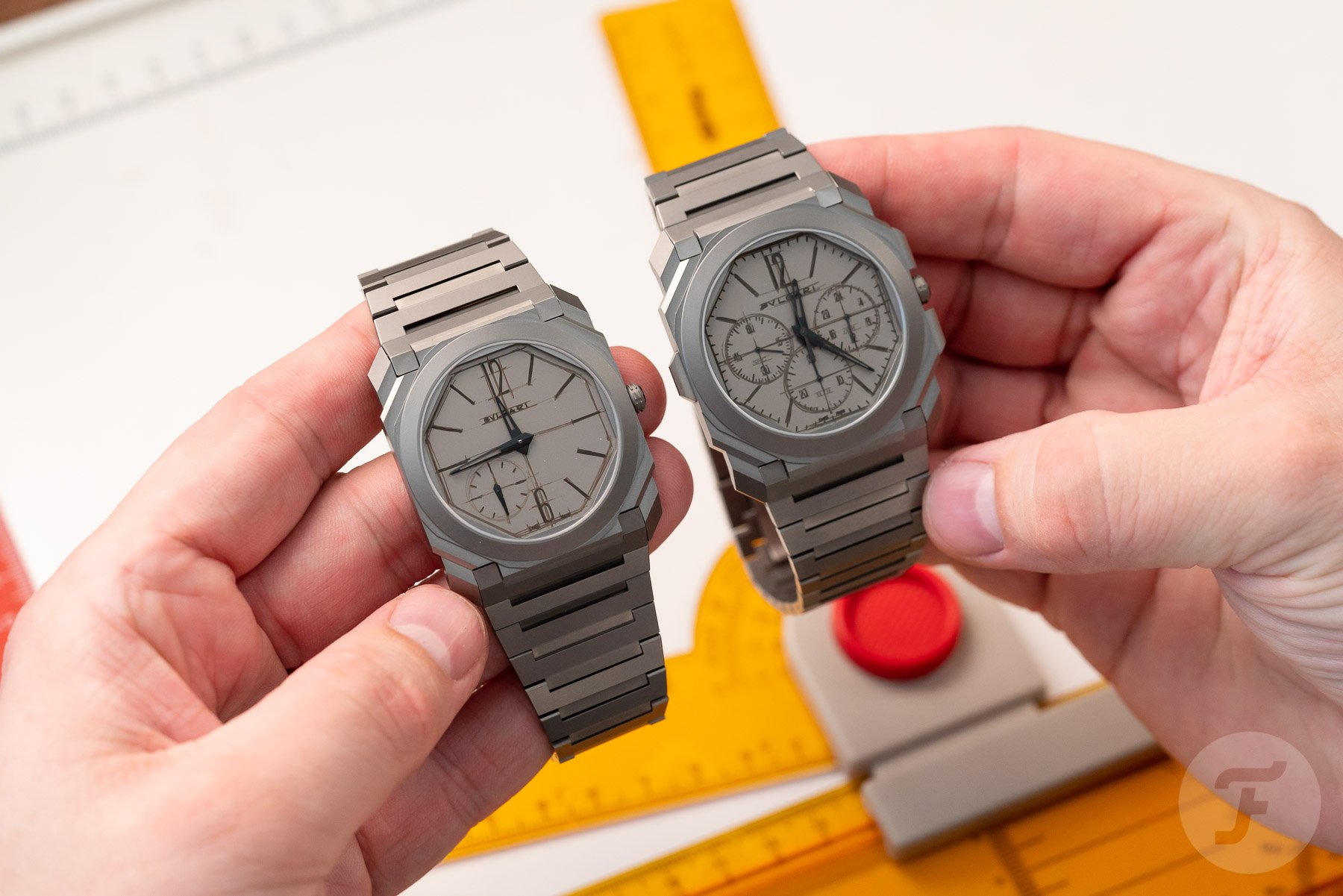Why Are Looks Inferior To Specs, Technology, And Craftsmanship Among Aficionados?
We at Fratello have been noticing something in our comments section and on social media. For some reason, when discussing watches, their looks seem to be considered inferior to specs, technology, and craftsmanship among aficionados. It seems we feel a need to defend our preferences based on measurable, objective arguments. But watches are unnecessary luxuries that pull on our heartstrings, aren’t they?
Is it true that we pick our watches with our minds over our hearts? Or does the measurable stuff actually arouse us as much as online discussions seem to suggest? “I absolutely want this watch on my wrist; its power reserve is just so sexy.” Hmm…I don’t think so. Do looks matter a little more than we care to admit?
Looks are just harder to discuss
The idea for this article was pitched by our very own webshop manager Laurits. As a former consultant in subconscious consumer behavior, the task of exploring the subject landed with me. My first instinctive response was that looks are just hard to discuss. For starters, they are highly subjective. Additionally, most people lack the vocabulary to accurately describe what they see. An instinctive liking or disliking of a watch’s looks is, for most, about as far as it goes.
Sticking to the objective stuff is just a bit simpler. “I prefer watch X because it has double the water resistance at the same thickness” is just easier to defend. But giving it some thought, Laurits is right. This doesn’t quite capture the magic of watches. It somehow doesn’t do the experience of liking a watch justice in a meaningful way.
His point also resonates with my stance on comparing watches by specs. I find this infinitely tiresome and uninteresting. Granted, that is probably partly because I don’t consider myself a maximizer. I tend to fall for a watch’s looks first, and then I merely use specs to see if it suits my intended use. Of course, it is nice if the specs somewhat justify the watch’s price, but I have to admit that I happily make irrational choices there if they don’t. My Panerai Radiomir, for instance, makes zero sense in any rational way. But…I just like how it looks.
Looks are, at least in part, objective too
Though we may want to instantly label aesthetics as subjective, in reality, that’s not entirely true. As we have established before, there is such a thing as objective beauty. Some aesthetic choices are just better than others. They can be evaluated and discussed just like specifications can be. And, then again, even the subjective part can be discussed. “I like the shape of the lugs” is a perfectly valid point to make.
Granted, such points are indeed commonly made in the comments section under our articles and on social media. But I think Laurits is alluding to the fact that we tend to engage with those articles quite a bit less. For instance, we hardly ever see follow-ups to aesthetic arguments. “What is it, specifically, that you like about the lugs?” “You do? I feel they are a bit too wide, and they don’t angle down enough.” Those aren’t common remarks.
But, as you see, they aren’t all that different in structure from more spec-based arguments. Are we, perhaps, not taught to discuss aesthetics in this way? If we have trained designers and art scholars in our readership who would care to weigh in here, I would love to hear from you in the comments below!
Striving for cognitive consonance
I think there is more at play, though. Life is just easier if we maintain a congruent self-image. As a result, our actions, erratic as they may be, get tied together by our narrating self. This mechanism allows us to go through life feeling as though we are completely sensible and consistent. We aren’t, of course.
Buying expensive, unnecessary items is problematic in this light. By doing so, we admit that we are giving in to our unchecked animalistic desires. So we rationalize. We come up with ingenious ways to make our choices logical, even clever.
I think this is part of why we love specifications so much. They provide a more intellectual proxy for a very illogical and desire-based process. Approaching a watch this way basically creates cognitive consonance between our self-image and the odd behavior of buying a luxury watch. A watch’s looks, however, play more into that instinctive desire side of it. Or, at least, it feels that way if you aren’t trained in analytically evaluating it. It’s as if merely liking a watch’s looks isn’t a valid reason for wanting it.
Do looks matter in luxury?
I cannot, of course, determine what matters to you when buying a watch. But I do know that once you visit websites like Fratello, your interest in watches exceeds mere function. We all know someone who mindlessly straps on an F-91W every morning, not caring about anything other than telling time. That is all you could ever need, technically. For us, however, it involves more. This search for an experience beyond function is often described as luxury.
There are several ways in which a watch can add to your experience. Advanced specifications can indeed be a factor. Brands like Sinn are based on this. Overbuilt redundancy is a form of luxury for anyone but the handful who do push the watches to those limits. They are, however, an intellectual luxury. To most, there is little value in 2,000m water resistance unless you know and think about it. The fun, in that sense, is cognitive.
Looks have a big impact on how a watch makes you feel. Even the ugliest form-follows-function aesthetic of a beastly spec-monster tool watch plays that role. You may love it precisely for that. So while looks may matter to someone who buys one cheap replacement watch every 20 years, they most certainly matter once you look beyond function.
Looks aren’t shallow, and neither is fashion
I also think that with a certain level of commitment to watches comes some (unintended) snobbery about looks. It seems to me that liking watches for their advanced mechanical genius or awe-inspiring craftsmanship is considered dignified. Liking them for how they look is perhaps subconsciously considered a little more shallow. This, however, implies that design isn’t a craft, which it is. Or, at the very least, it implies that it isn’t as elevated as, for example, the art of enameling. That makes no sense as it requires similar talent, artistry, devotion, training, and experience. And it has an arguably bigger impact on the actual watch.
Perhaps looks are associated with fashion. We watch aficionados have a fascinating relationship with fashion. On one hand, watches are simply part of it. On the other hand, we like to look down on it as a continuous strain of short-lived fads. We even label mainstream, mass-produced, affordable watches “fashion watches” in a condescending manner.
With the possible exception of fast fashion, I believe that condescension is unjust. There is just as much artistry, technology, and skill in fashion as there is in watchmaking. And both are applied to things we wear on our bodies while we go about our lives. In short, then, I feel we can rightfully free ourselves from any sense that looks are somehow shallow. It shouldn’t be considered nobler to speak about a dual-impulse escapement than about great aesthetic design. Both are worthy of our love and admiration.
Closing thoughts
I think aesthetic watch design is underrated, at least as a craft. We have no trouble labeling a watch as beautiful or ugly, but we rarely truly debate aesthetics. I will happily admit that a watch’s looks are of primary importance to me. I don’t really care whether a watch is ridiculously well made or features mesmerizing new technology unless I like its looks. That doesn’t mean I don’t care about those things. It just means that I only value them if they are attractively packaged. A watch, to me, is an aesthetic object first and foremost.
Laurits’s question has gotten me thinking about how I approach watch reviews, though. I usually touch upon the design if something particularly stands out. However, I focus a lot more on the stuff that is also already in the little specs box. Maybe looks deserve a little more thought and attention. I will be sure to give it a shot in the next review!
What role do looks play in your watch-related decision-making? And, if you are completely honest, do you recognize any of the described (perhaps subconscious and unintended) condescension to aesthetics in yourself? Let us know in the comments below; I would love to know!

